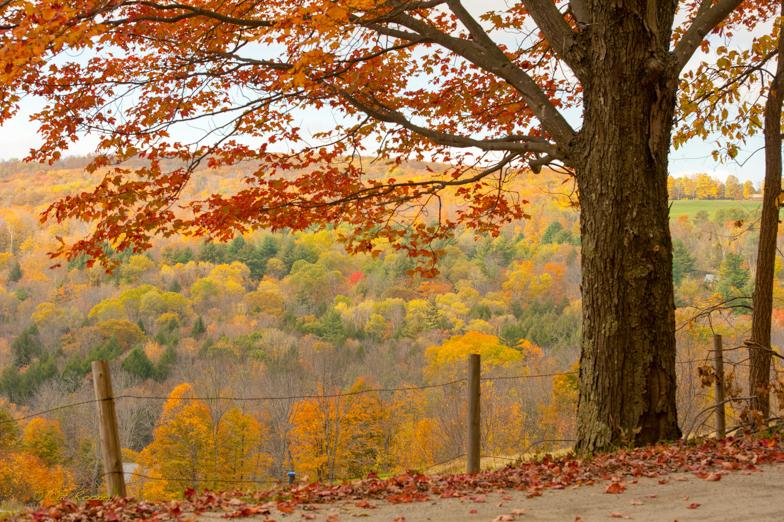Commentary
One of the cards that came this Christmas was different from any I had had in the past. It featured a painting, made by the sender, my sister, of a tree bent over in the wind with some leaves flying off and some still attached to the tree. It was titled, “Just let go.” The painting showed a natural process where no consciousness or choice was involved but the title showed it was a metaphor for the advice given in many religious and spiritual traditions, and some secular approaches to healing.





